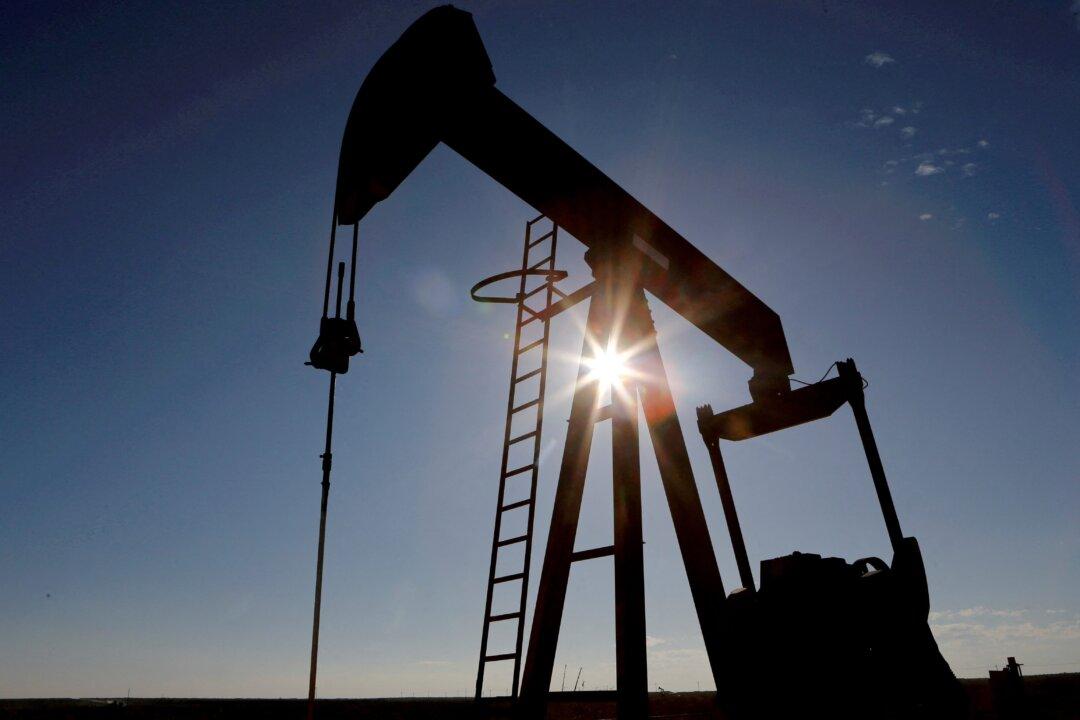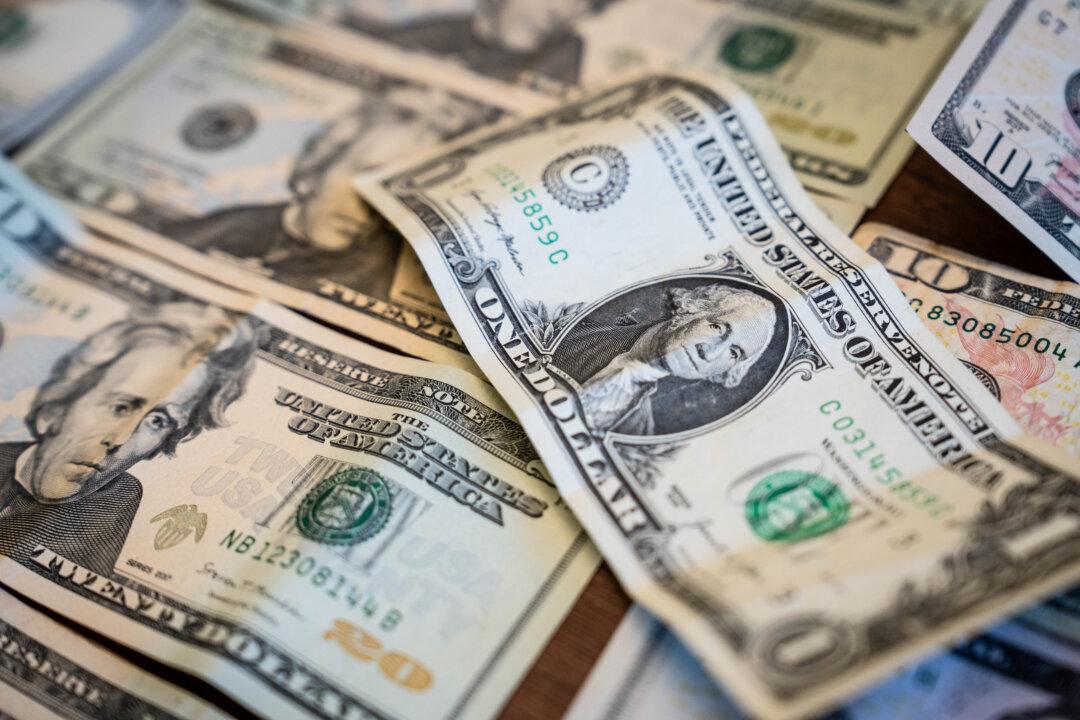Crude oil prices will be higher in 2023 and 2024 as global supplies become tighter, the U.S. Energy Information Administration (EIA) predicted on June 6 in its latest Short-Term Energy Outlook (STEO).
The EIA forecasts that the average spot price for Brent, the international benchmark for global oil prices, will be $79.54 per barrel this year, up 1.1 percent from its previous forecast of $78.65. Brent prices will then climb to $83.51 a barrel in 2024, up 12.1 percent from the last STEO estimate of $74.47 a barrel.





